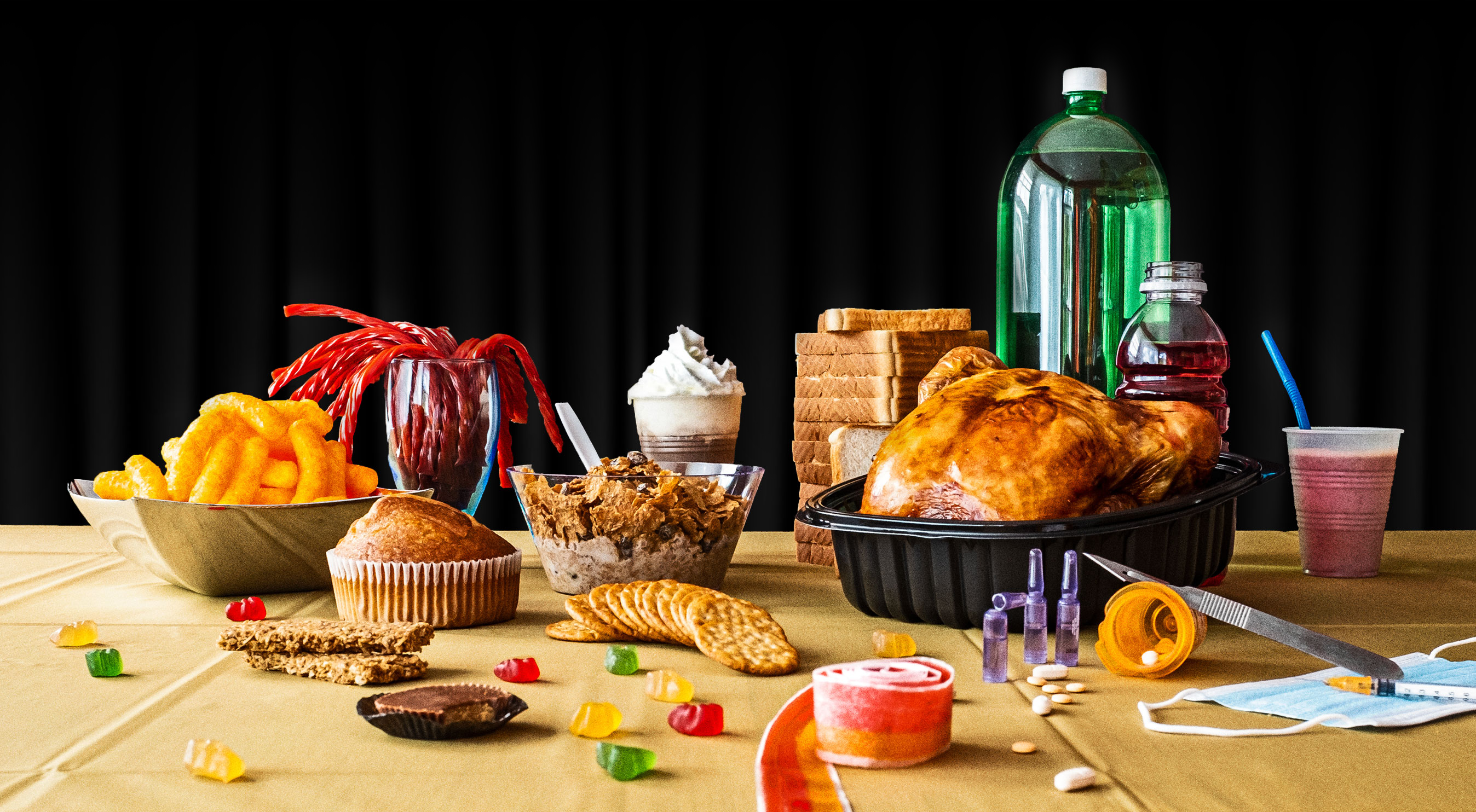Chapter 16: What and how fetuses, infants, and toddlers eat
Page 230
Page 231
|
“size of an adult” |
|
“better neural transmission” |
|
“mood by alleviating anxiety” |
|
“leading to increased anxiety” |
|
“by toxins such as fructose” |
|
“supplementing with them back in 2003” |
|
“outcomes in children” |
Page 232
|
“neurodevelopmental outcomes are improved” |
|
“soy-based lactose-free formula-fed infants” |
Page 233
|
“galactose or of the disease itself” |
|
“effects on fetuses as well” |
|
“even more free palmitate” |
|
“way before the first taste of juice” |
|
L. Paglia. “Taste Development and Prenatal Prevention,” Eur. J. Paediatr. Dent. 20 (4) (2019): 257. |
|
“(diet soda, juice), and fruit” |
Page 234
|
“month-old infants” |
|
“poverty, and culture” |
|
Centers for Disease Control. “CDC Releases 2018 Breastfeeding Report Card,” Aug 20, 2018. |
|
“coming from sugar” |
|
“is in older children” |
|
“based on EU guidelines” |
|
“baby into a sugar-liker” |
Page 235
|
“accept it? Just once” |
|
“drinks came from sugar” |
|
“Nutrition Facts label” |
|
“for added sugar” |
|
Hypoglycemia Support Foundation. “Added Sugar Repository, ” (2020). |
|
“that number jumps to” |
|
“The American Heart Association” |
|
“and the WHO” |
|
“Nutrition Facts label” |
|
A. Garcia. “Stop Adding Sugar to Our Babies’ Food.” The Guardian, Jan 3, 2019. |
|
“any food that comes in a pouch” |
Page 236
Page 237
|
“the mouth and a wider airway” |
|
“and mouth-breathers” |
|
“(masseter, temporalis, and pterygoids)” |
|
“mastication and respiration” |
Page 238
|
“the development of OSA” |
|
“has been misdiagnosed” |

